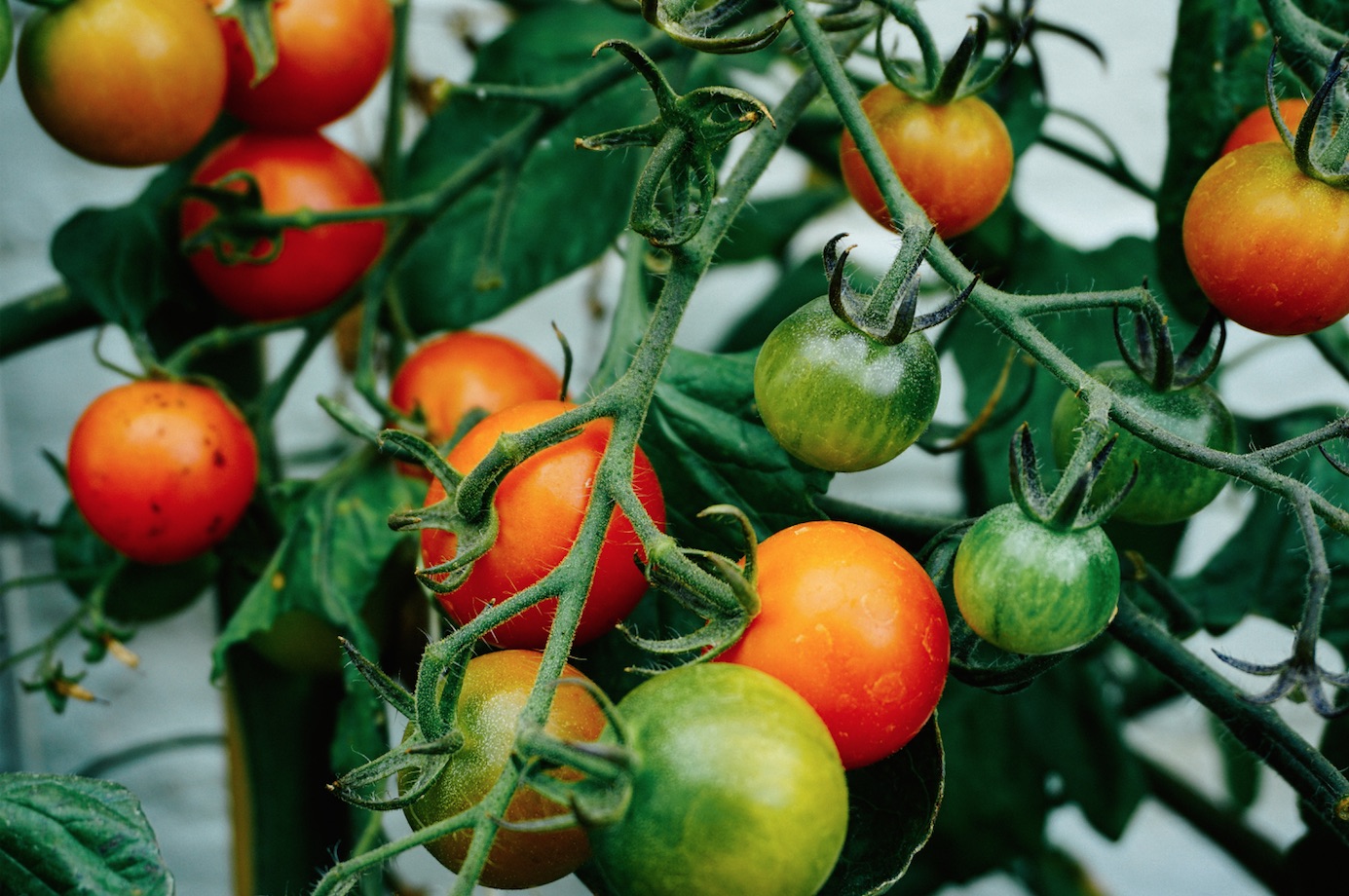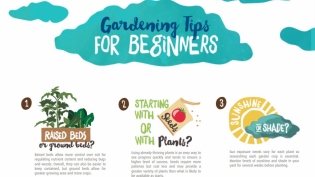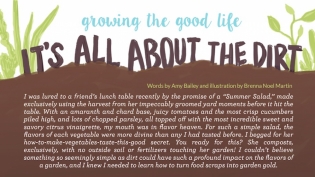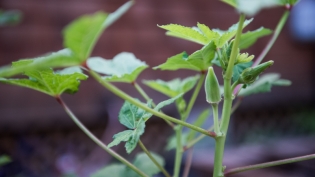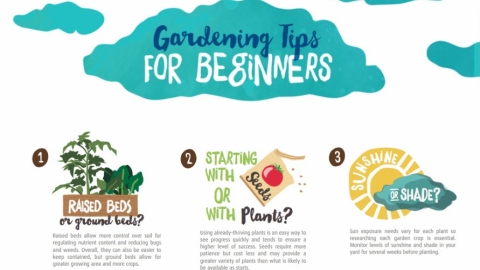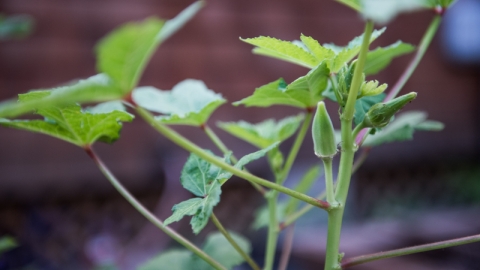When to Plant Tomatoes in NE Florida
"Plant 'em in the spring. Eat 'em the summer. All winter without 'em's a culinary bummer," as John Denver sings in "Home Grown Tomatoes."
So, just when should you plant your homegrown tomatoes?
Since tomatoes are "frost sensitive" (in other words, they'll die if it freezes), it's all about the "last frost date" for your area.
So, just when is our last frost date?
There are two main ways to find gardening answers like these:
Ask Google. Or ask gardeners in your family, on your block, in the community garden, on Facebook; ask "When should I plant my tomatoes?"
Don't ask just one person. Ask several.
If you follow the first route, you’ll find ten million answers, and amidst those, you’ll encounter the USDA Plant Hardiness Zone map, which will tell you that we are in zone 9a.
But what does it mean?
If you follow up by Googling “last frost date by plant hardiness zone,” you’ll learn that zone 9a has an average last frost date between January 30th and February 28th. Better, but still a full month of error.
If you follow the second route, you’ll also likely get several answers, but they’ll be more locally relevant. Moreover, you can use simple questions like these to weave yourself into a gardening network of peer support, so you've got folks with whom to swap garden info & resources in the future. When I relocated from Tallahassee to Jacksonville in 2015, this is exactly what I did.
Based on feedback, this is what I’ve arrived at: In Jacksonville, we’re good to go after March 1st. But, there are always nuances. For instance, add a week if you're in a rural area distant from great masses of concrete or you’re far from bodies of water, your garden is in a wide open space away from trees, or your property is in a low, cold spot.
Amidst all this talk about freezes, don't forget what's on the other end of spring: the bugs; they are coming. The earlier you plant, the better, so plant as soon as you’re able in March, ideally, and at the latest, preferably, by early April.


